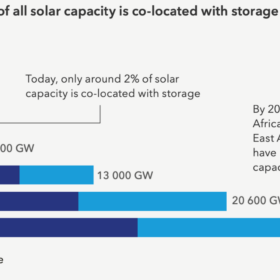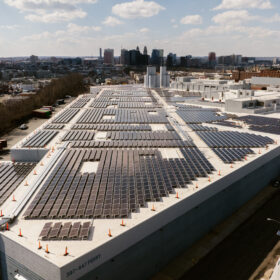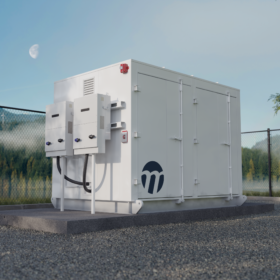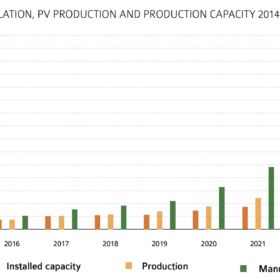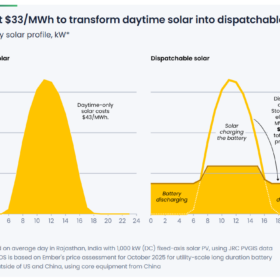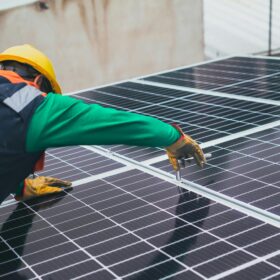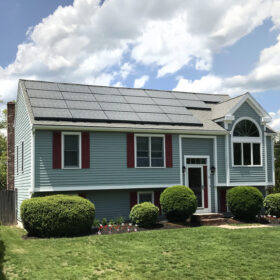Nearly half of solar capacity will be co-located with storage by 2060, says DNV
DNV’s Energy Transition Outlook 2025 report also predicts that distributed generation solar should begin outpacing utility-scale installations in some parts of the world by 2060. It adds that the levelized cost of electricity for solar is beginning to plateau and is expected to slow to an annual drop below 1% by the 2050s.
19 states sue EPA to reinstate $7 billion of Solar for All funding
The lawsuit alleges that EPA’s cancellation of Solar for All grants violated a federal law and a provision of the U.S. Constitution, and asks the court to reinstate the grants. A second lawsuit seeks reimbursement for damages sustained by grant awardees when the grants were canceled.
Dimension Energy secures $412 million to advance community solar projects
The construction and term financing will support a 134 MW portfolio of projects that are expected to save subscribers at least 10% on their monthly electricity bills.
Energy storage reshapes data center siting amid regulatory pressure
Power cut regulations and slow permitting are driving data centers toward storage-backed, grid-independent designs.
Solar developers secure tax credit safe harbor by procuring transformers
The additional “start of construction” requirements for projects acquiring the 30% Investment Tax Credit can be met by installing custom-built transformers, said GameChange Solar.
Macro problems for microgrids in California
Devastating wildfires in Southern California last January exposed severe grid resilience issues. Damage to the electrical infrastructure caused far-reaching power outages. Furthermore, PG&E’s Public Safety Power Shutoffs (PSPS)—deactivating power to prevent utility-sparked fires—resulted in economic losses and risks for people with medical needs. Microgrids are a potential solution, but they face significant utility company opposition.
Moment Energy’s repurposed batteries win first-ever UL safety approval for second-life storage
The company’s Luna battery system passed UL 1973, 9540 and 9540A in what’s the market’s first independently verified safety case for repurposed BESS.
Thirty-five countries now operate GW-scale annual PV markets
The latest report from the International Energy Agency’s (IEA) Photovoltaic Power Systems Programme (PVPS) highlights that 2024 was another record year for solar installations but large overcapacities of solar cell, module and wafer manufacturing continued.
In case you missed it: Five big solar stories in the news this week
pv magazine USA spotlights news of the past week including market trends, project updates, policy changes and more.
Hybrid BESS deployments can optimize benefits on both sides of the meter
Enverus report highlights C&I strategies for peak shaving, energy arbitrage and ancillary services revenue.
